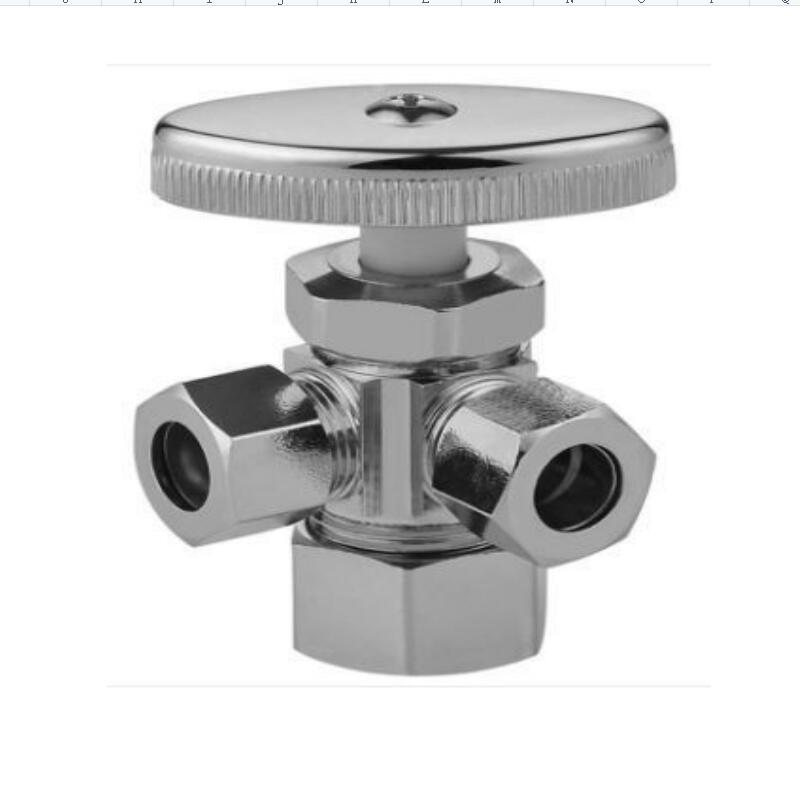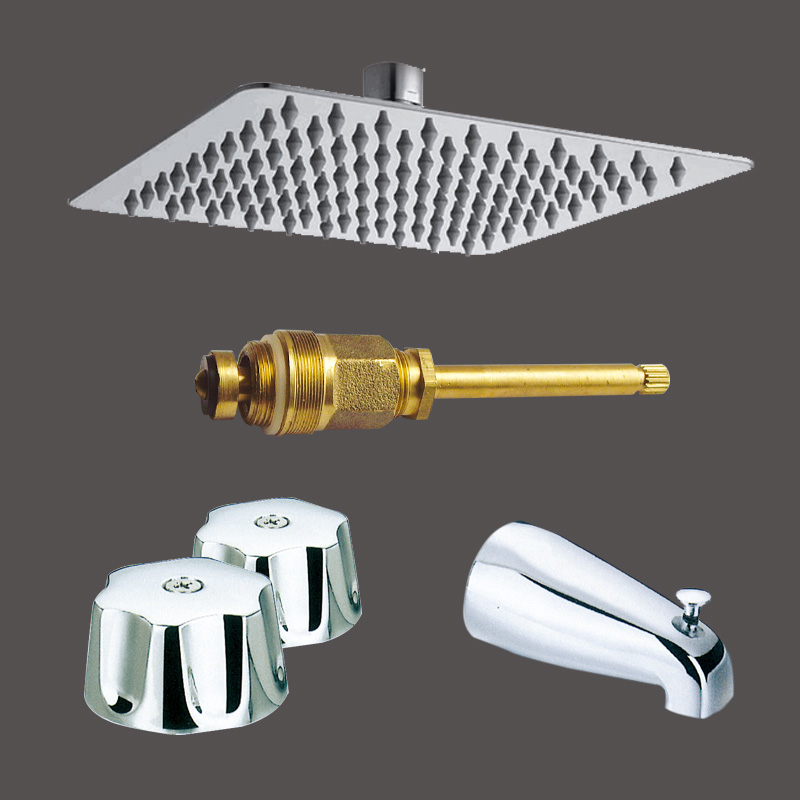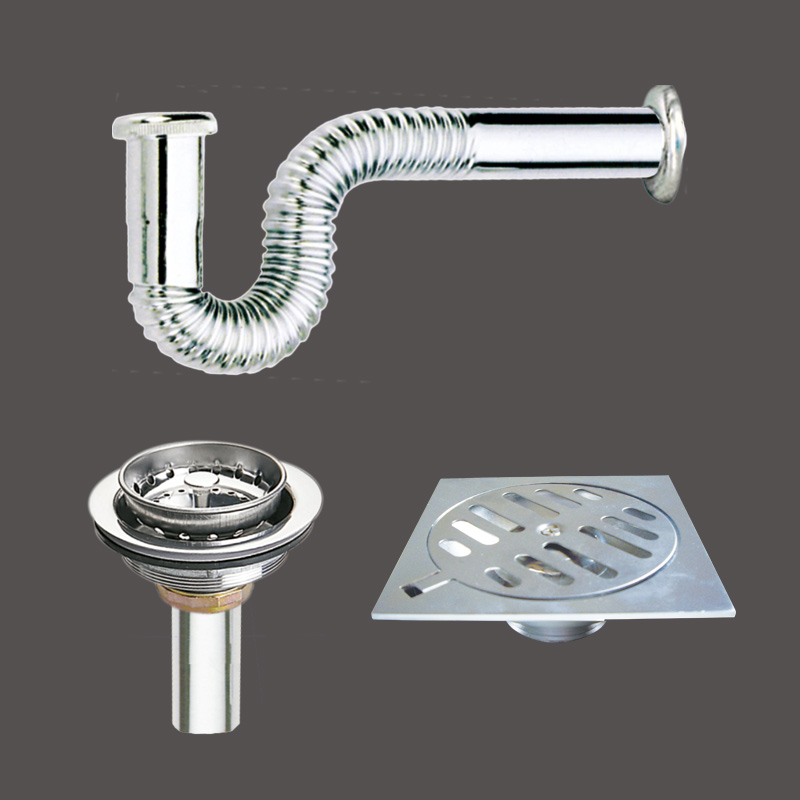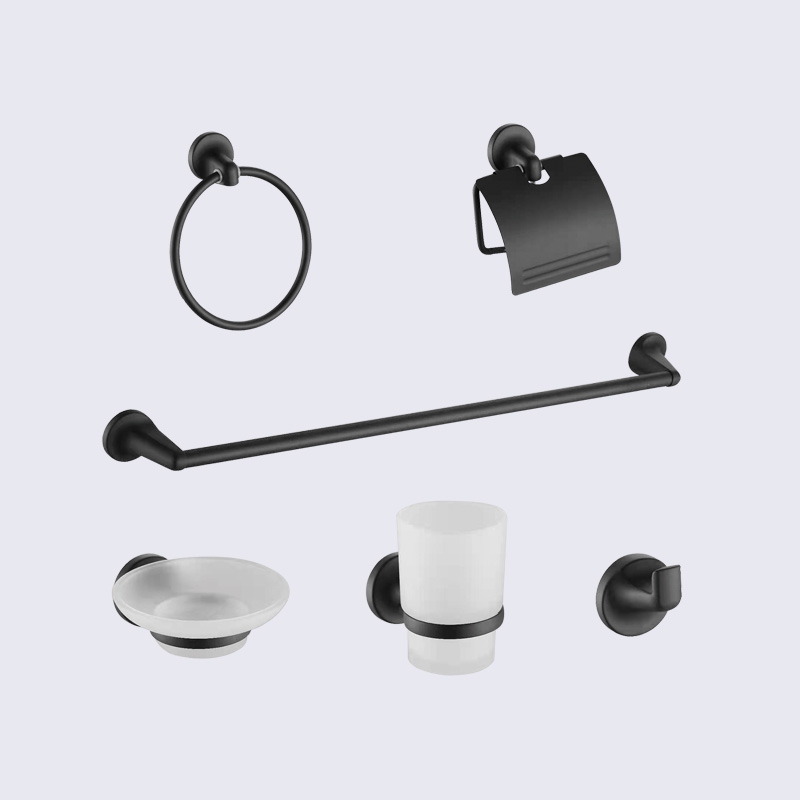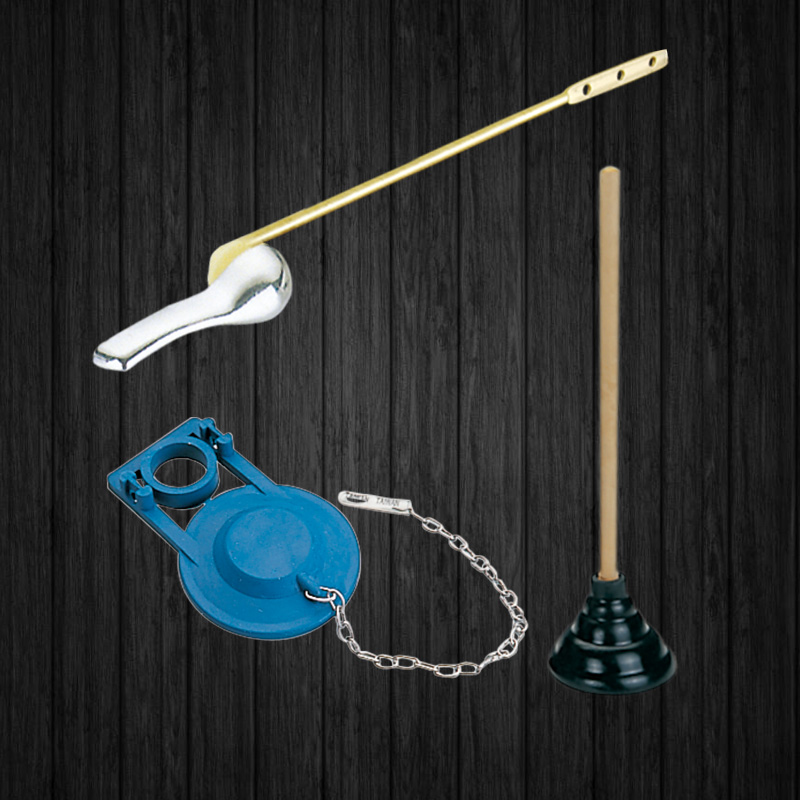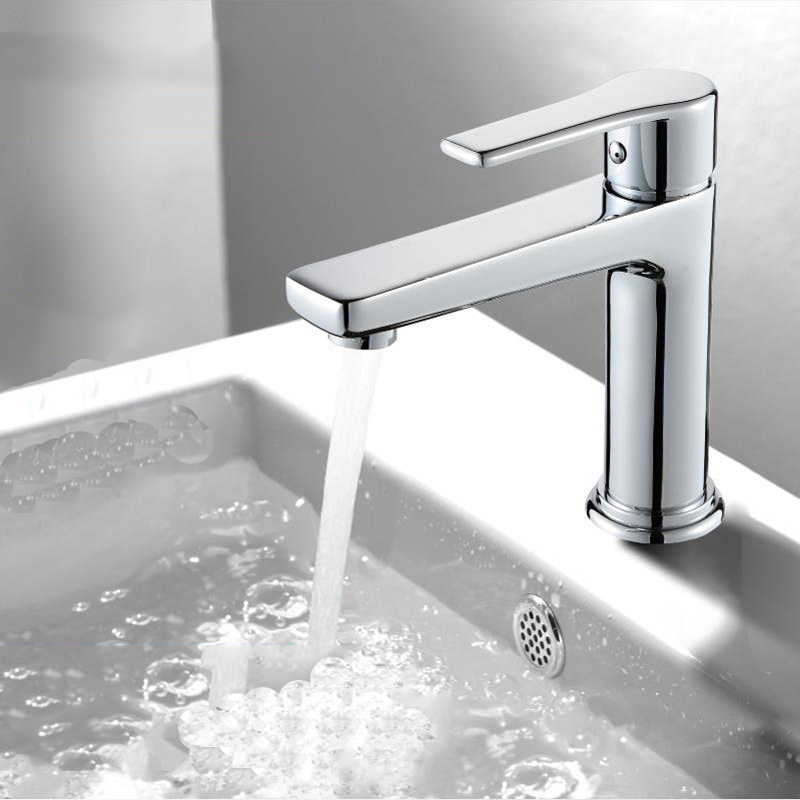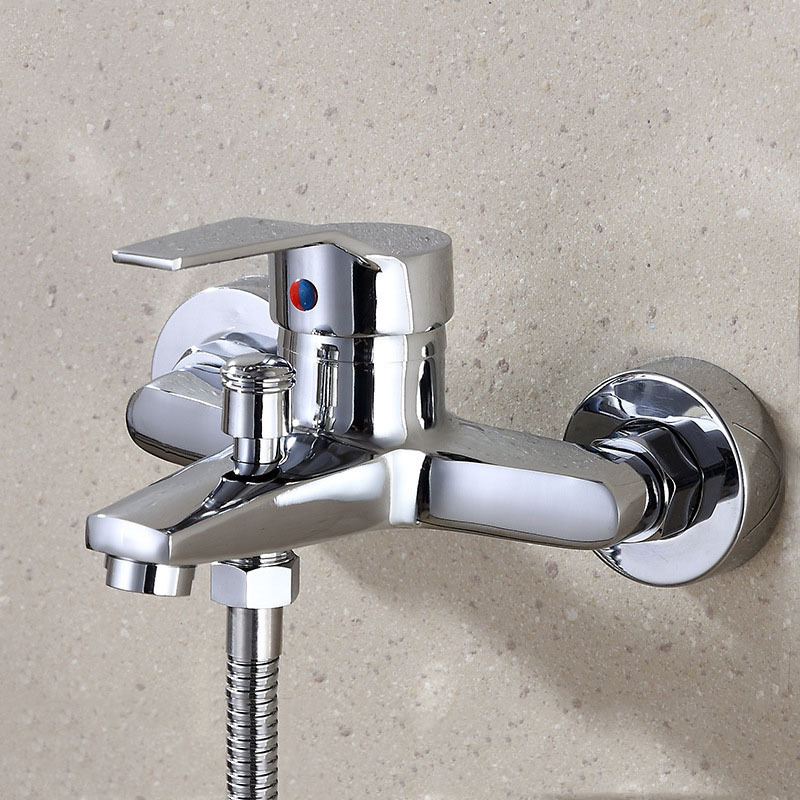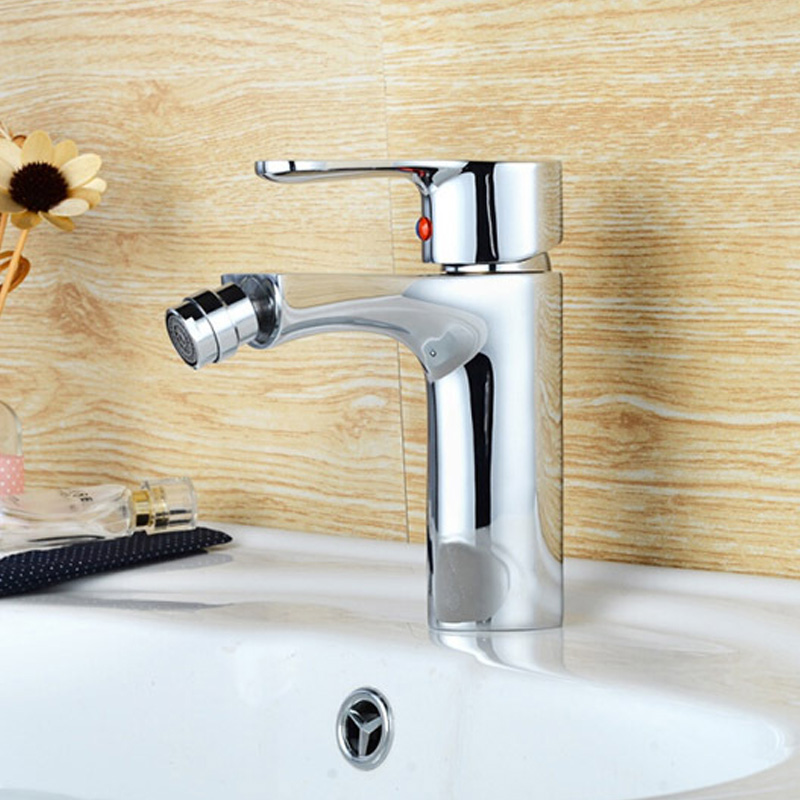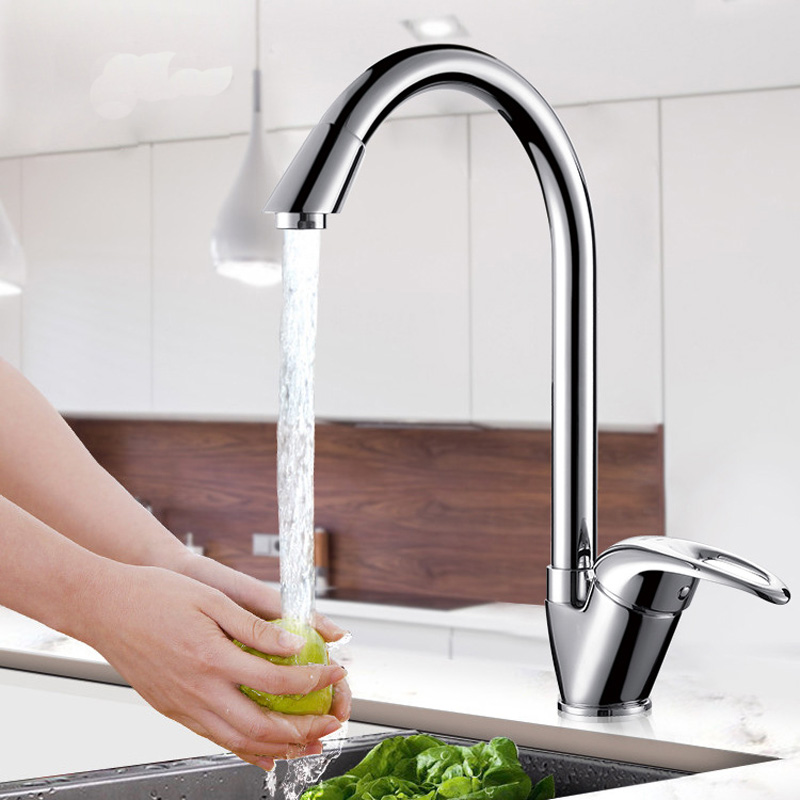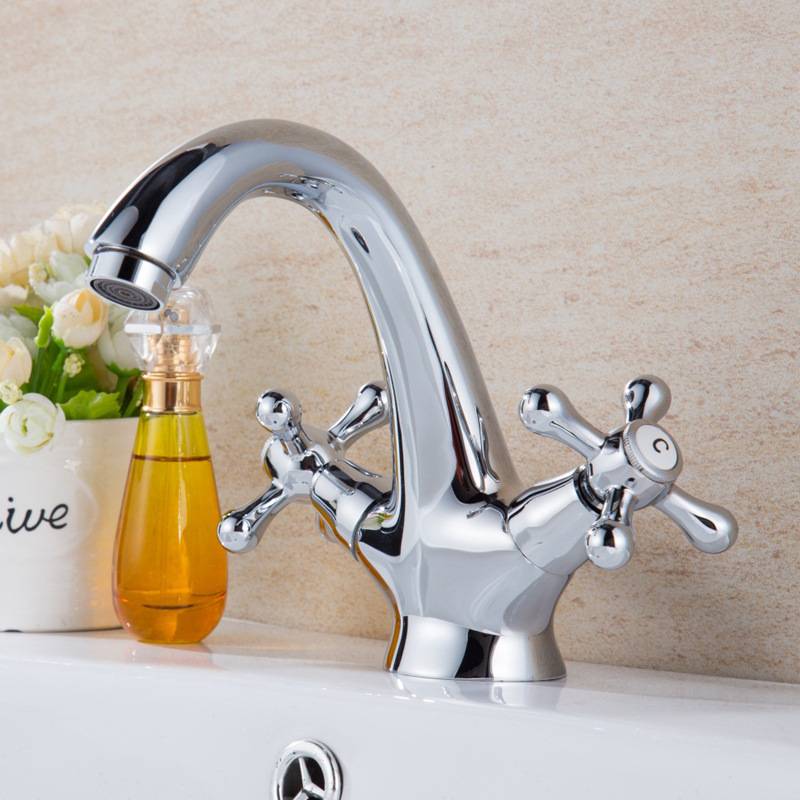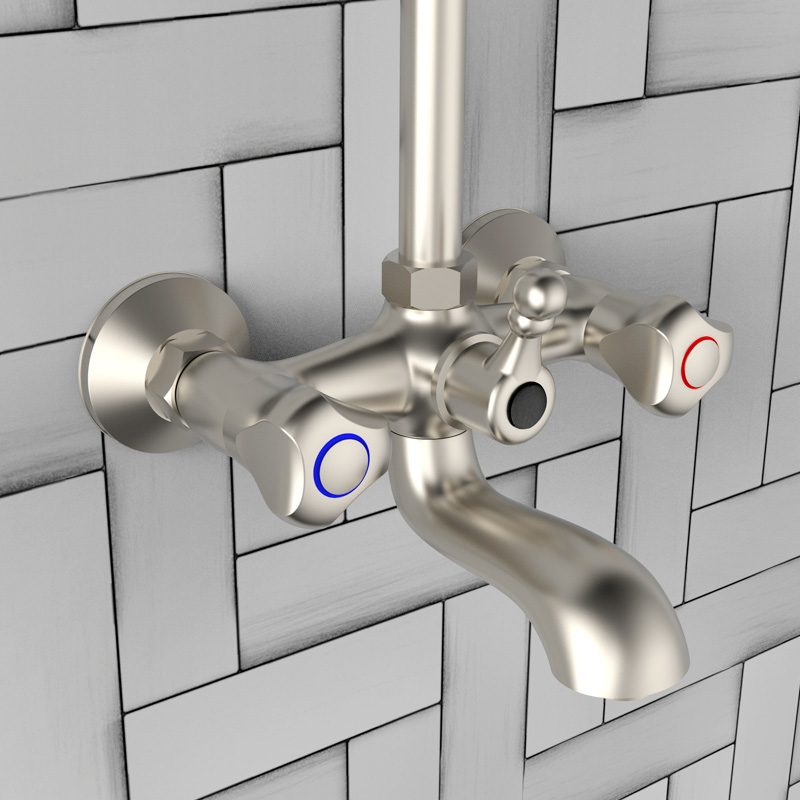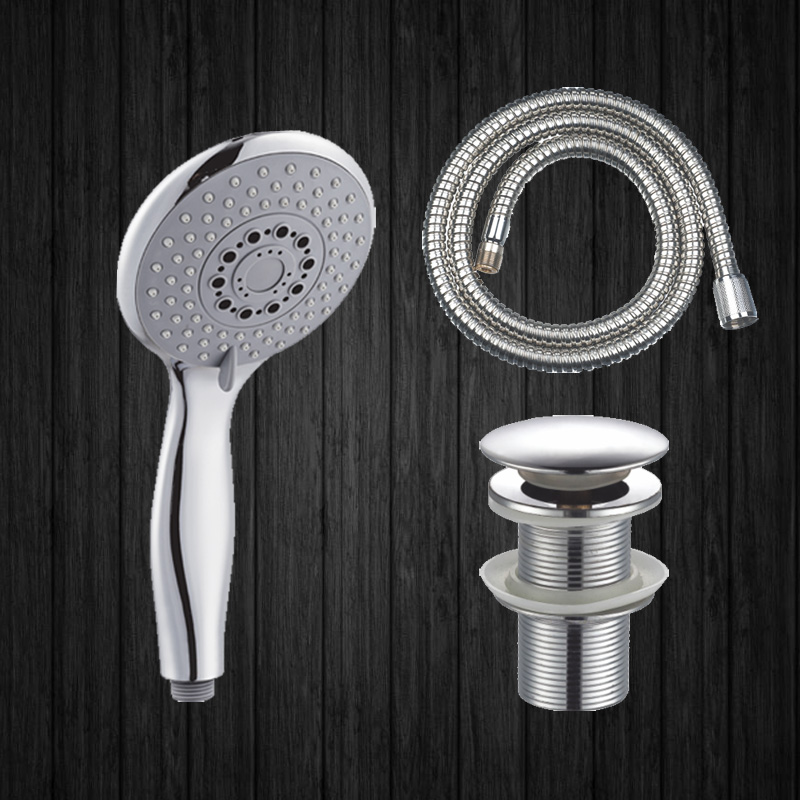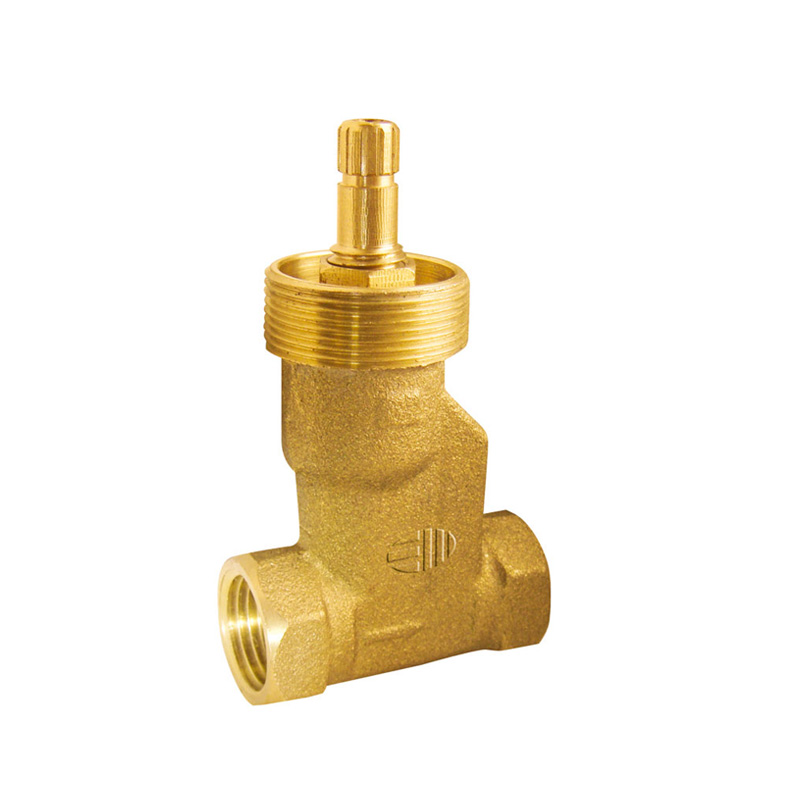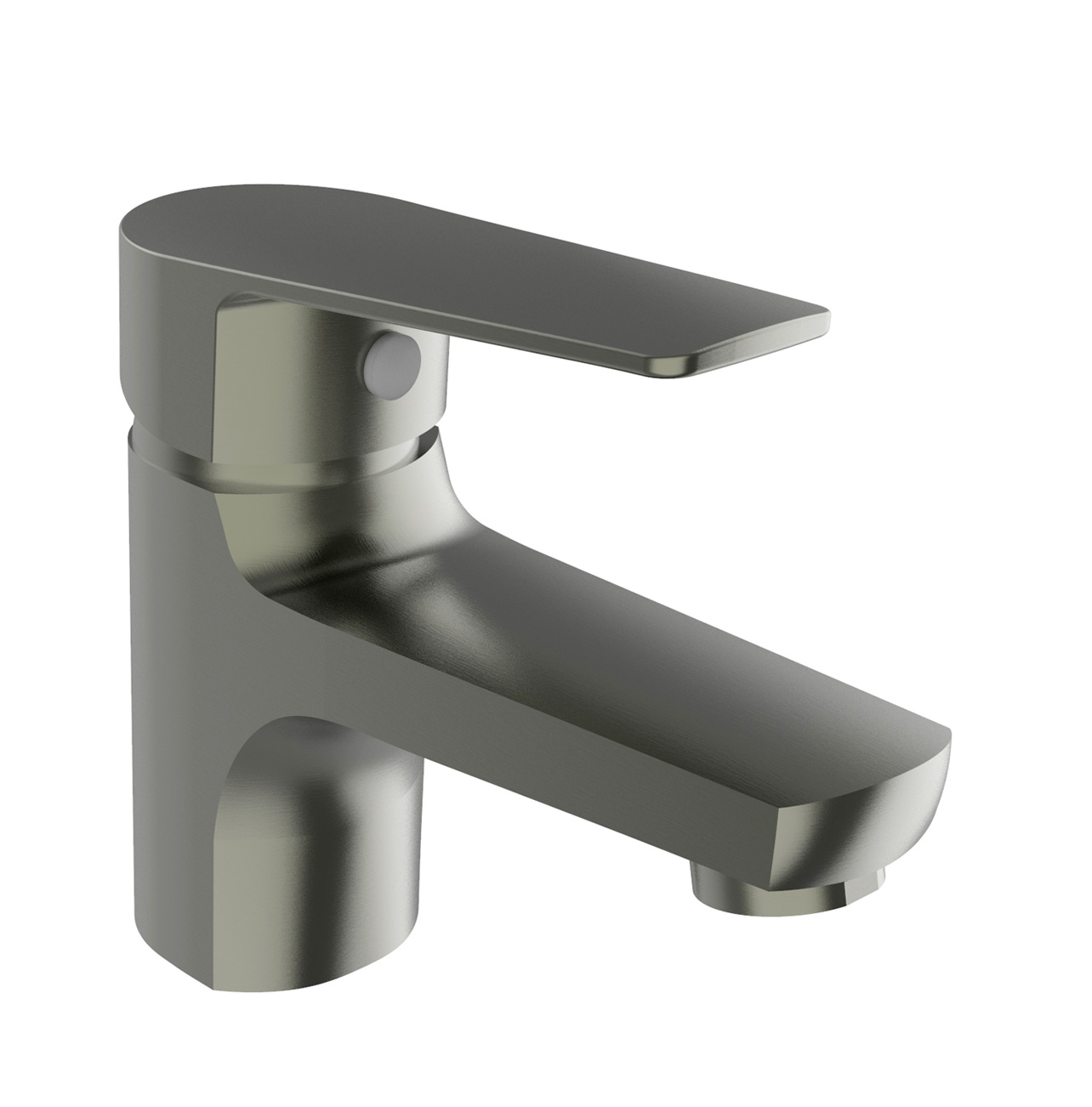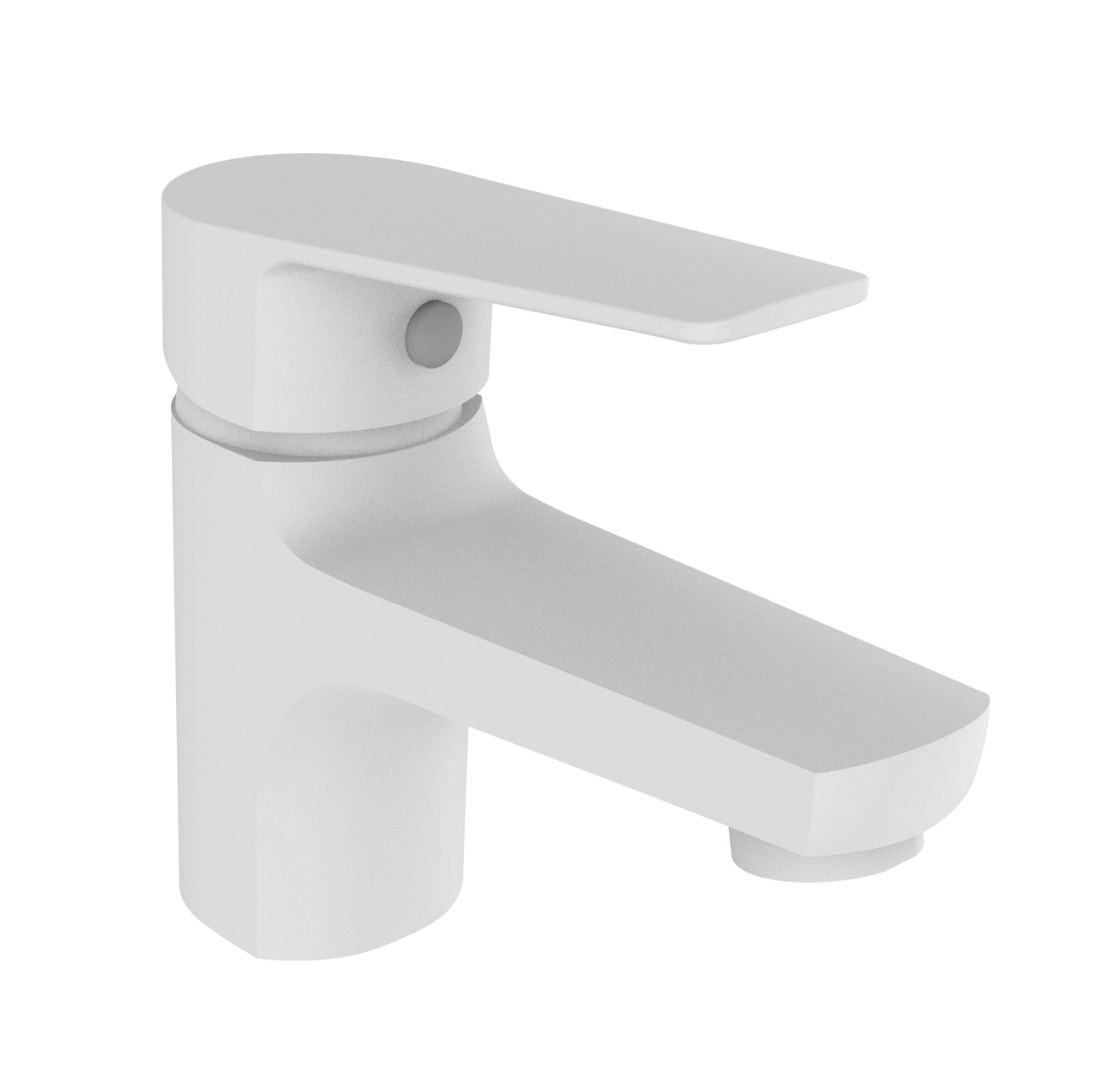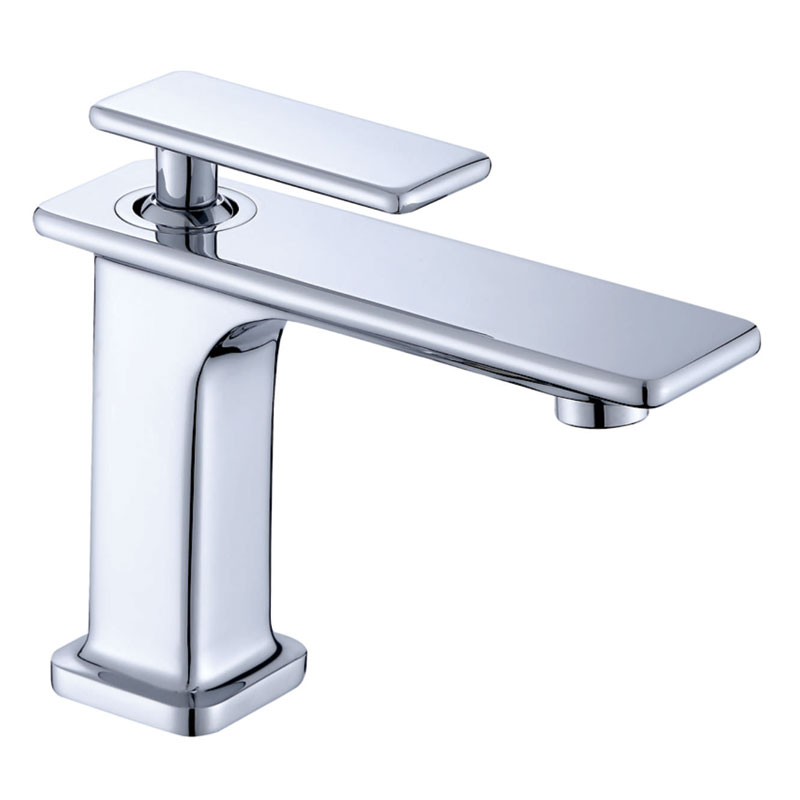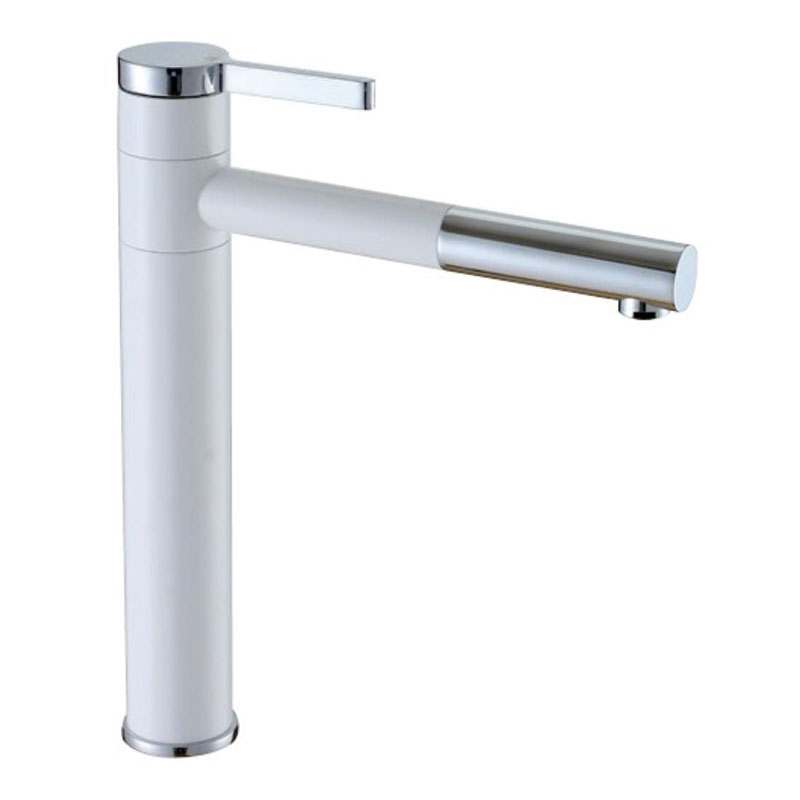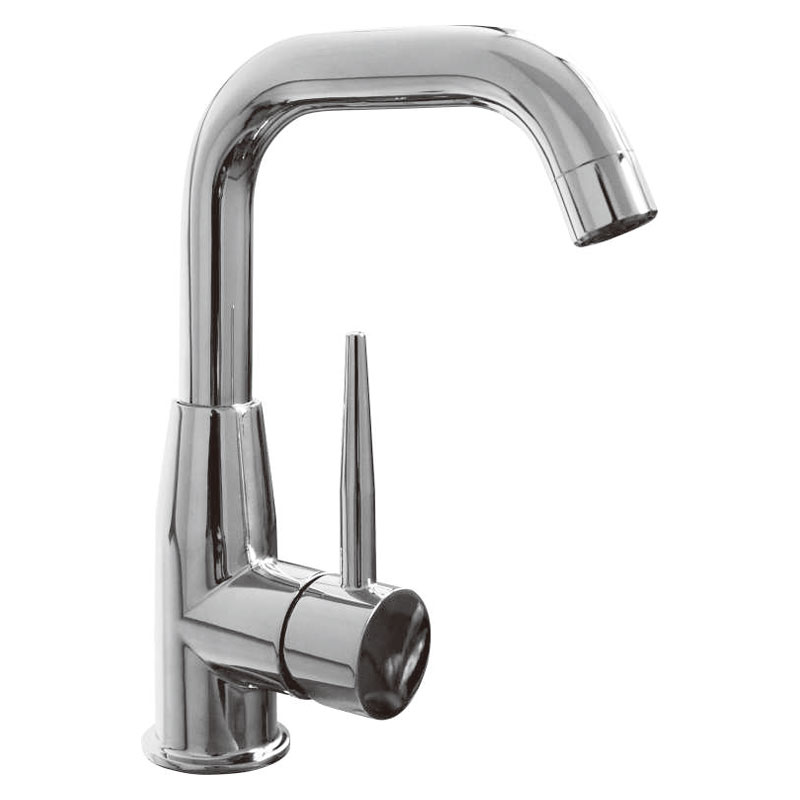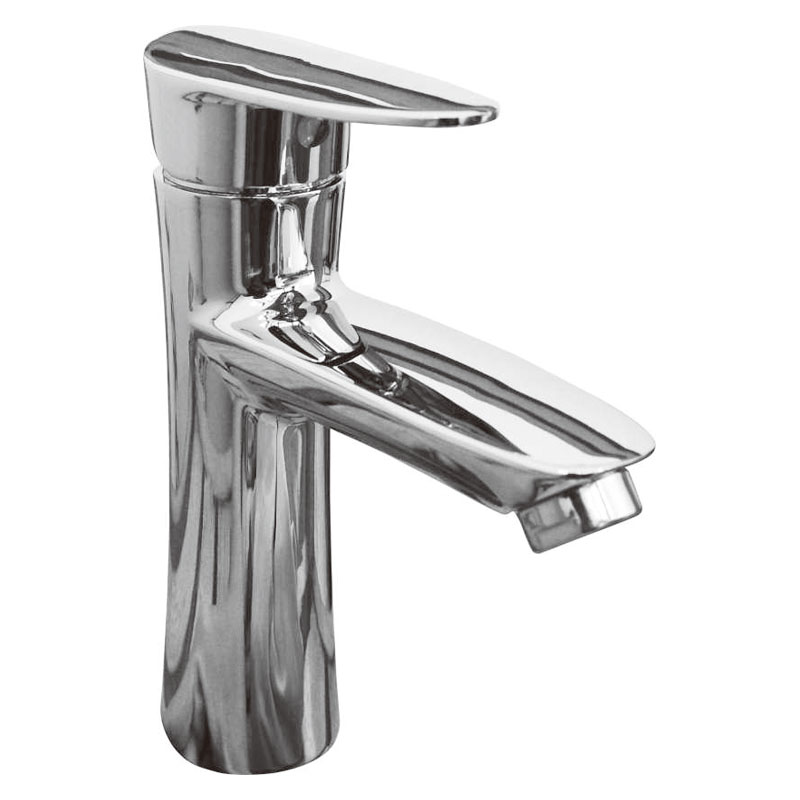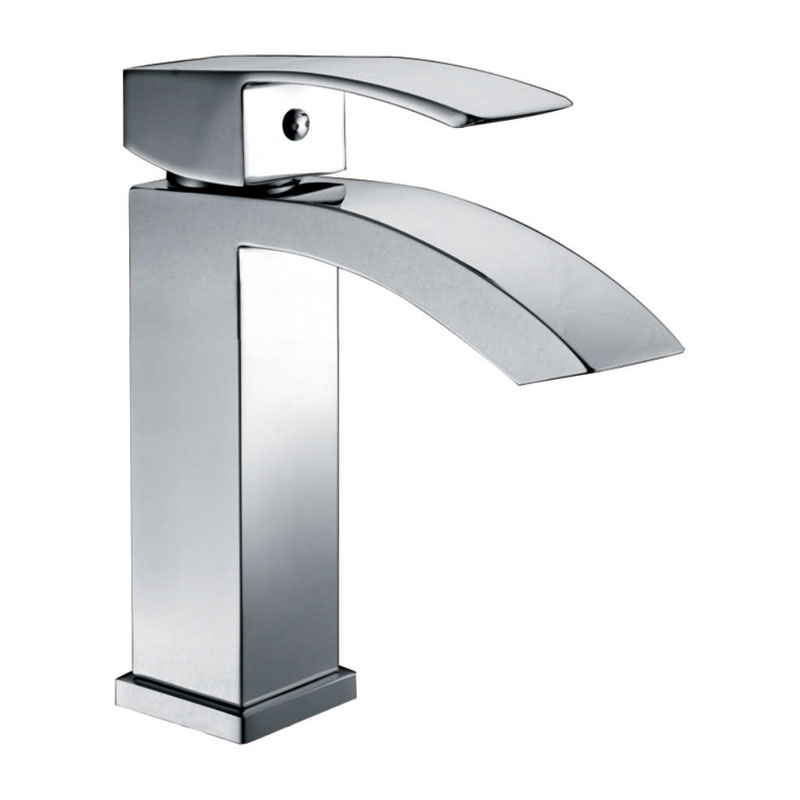Types of Faucet Fittings
Faucet fittings are the parts of your faucet that connect to pipes and other fixtures, such as a sink or shower. They're typically made of brass or other metals to resist corrosion and maintain a long life.
Choosing the right plumbing fitting for your faucet can make a big difference in how your faucet looks and works. There are a few common types of plumbing fittings, including valves, compression couplings and flexible copper supply tubes.
Valve: A valve is a type of plumbing fitting that allows water to be started, stopped and regulated. They're commonly found in kitchen and bathroom faucets and are available in a range of styles to suit your home. Some valves feature separate hot and cold water control levers while others are single lever designs that rotate to allow the user to adjust both.
Compression Couplings: These couplings connect your hot and cold water supply lines to your fixture and valves. They're usually located between the left and right supply line valves covered by an escutcheon on your faucet.
Spout Height: The spout height of your faucet should be enough to reach the top of large pots and other items you might use in your bathroom or kitchen. If not, consider purchasing a faucet with a shorter spout.
Stainless Steel: Many modern faucets are made of stainless steel, which is resistant to corrosion and holds up well in high-traffic areas. It's also less prone to rust than other materials and can be cleaned with vinegar or soapy water.
Threads: There are two main thread types used in plumbing: Straight Pipe thread and Tapered Pipe thread. Both require gaskets or o-rings to seal properly.
Straight Pipe threads retain their diameter while Tapered Pipe threads become narrow as they extend. This makes them more difficult to thread into tubing and can cause a leak if they're not properly sized for your plumbing system.
PTFE tape: This is a type of plumber's tape that wraps in a clockwise direction on NPT and BSPT pipe threads. It has a low-density white or yellow Teflon coating that helps prevent corrosion.
Hose connections: There are a few different styles of hose connections for your faucet, including compression, snap-on and quick-connect styles. The latter are the easiest to install and are a great option for those who don't want to use wrenches or other tools to connect their hoses.
Spray hose: Most kitchen sinks are fitted with a hose that connects to the faucet and handles as a whole. There are also handheld sprayers that can be attached to your hose for additional convenience.
Aerators: Faucet aerators are the small tubes that extend from your faucet and into the sink, allowing you to regulate the amount of airflow. They're designed to reduce sediment build-up that can clog the flow of water. If these are not kept clean, they can clog over time and limit the amount of water you can use.
If you need to replace the aerators on your faucet, we can help you find replacements for your old ones. They're a simple way to improve the look of your faucet and save you money in the long run.

 英语
英语 西班牙语
西班牙语 俄语
俄语 阿拉伯语
阿拉伯语 1
1
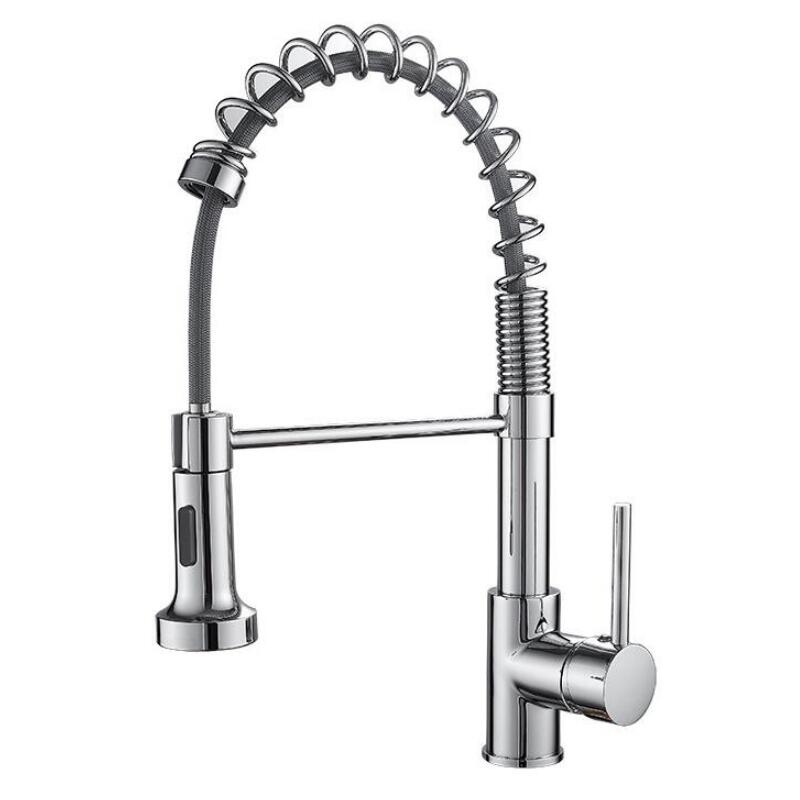
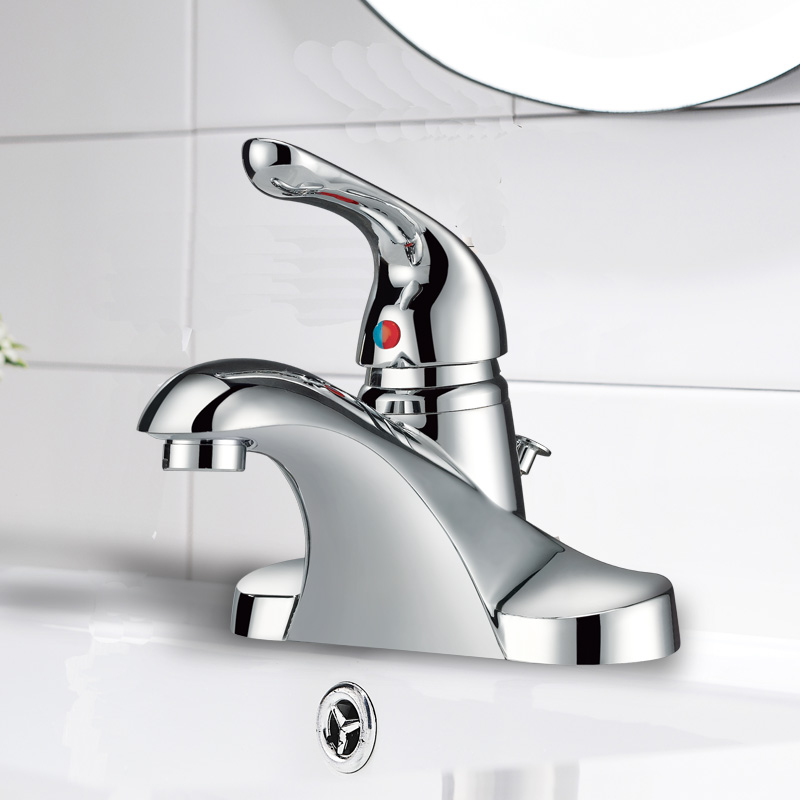
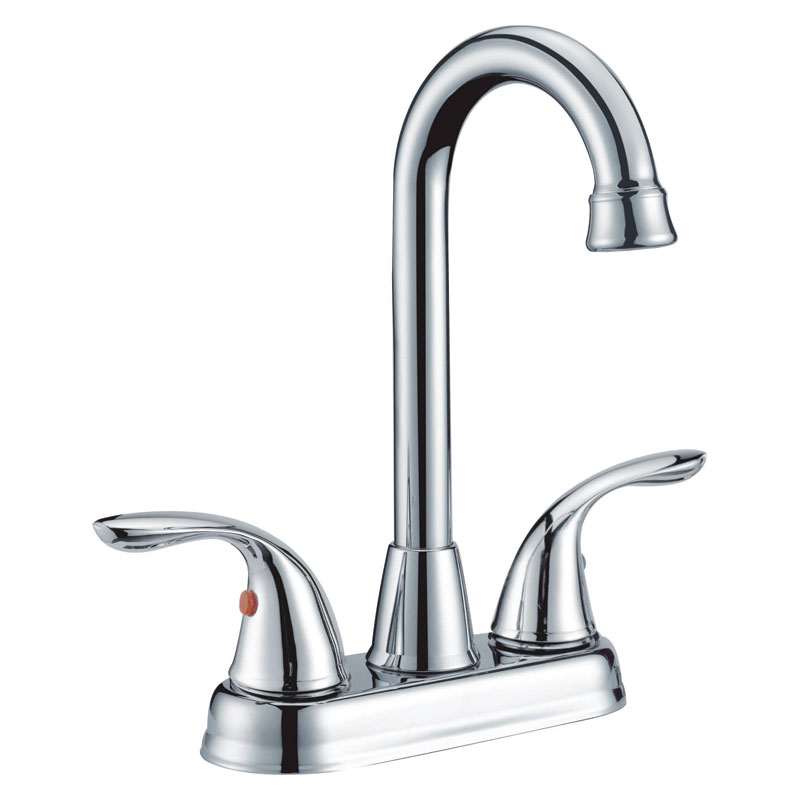
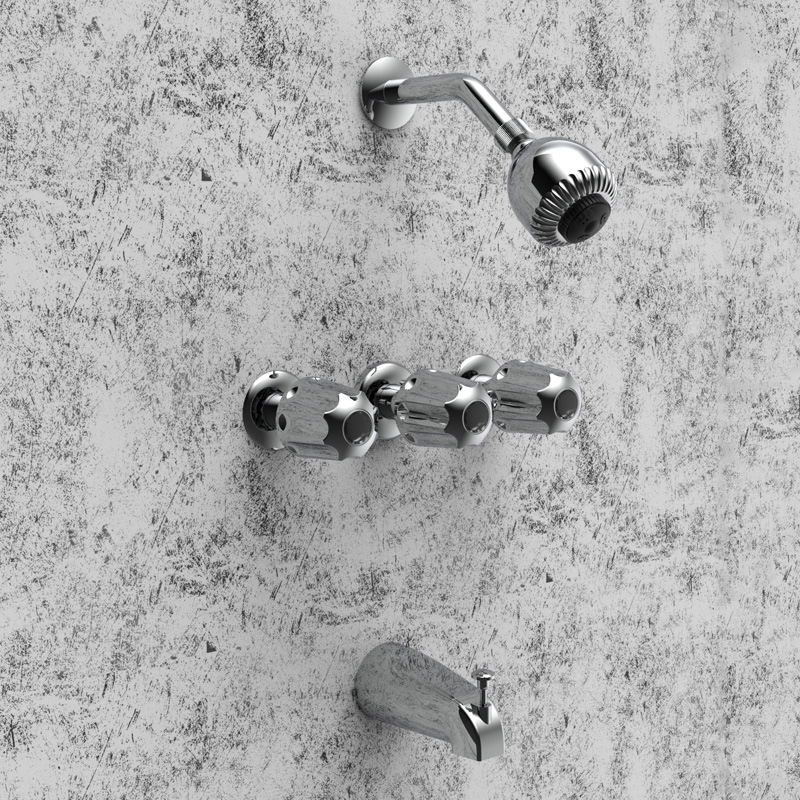
.jpg)
